Final Thoughts
Contents
As my reference, I’m currently using the Iconoclast UPOCC XLR from my DAVE and TToby and the Iconoclast OFE speaker cables. Admittedly, I do lose a little bit of transparency and detail via DAVE’s XLR output. However, when volume matched, I get a much larger and fuller sound with XLR. The tonal color is also slightly more natural.
Certainly, a cable could measure the same and still sound different. Iconoclast puts a nail in the coffin on this debate. The kicker? The Iconoclast cables sound great – and measures well.
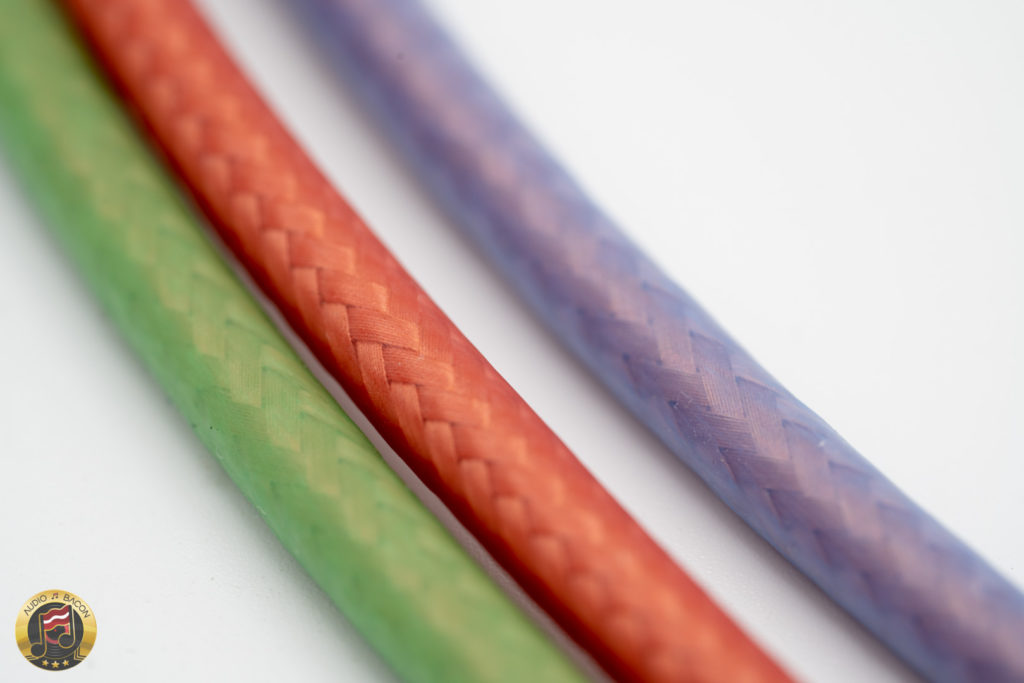
Objective vs. Subjective
The merits of subjectively are obvious. But what were the benefit of having optimal materials, geometry, and low LCR values?
Well, unless I have these crazy expensive measurement devices to do listening tests, I won’t know for certain. I’m sure Galen would have some insight. But the one thing I’ve realized when listening to all the variants – there’s always a “rightness” to each of these cables.
Whether it be in resolution, body, or warmth. The theme seemed to be “unimpeded.” The UPOCC obviously has all of those qualities in spades, but my point is that these qualities usually come with glaring faults. Perhaps some grain, sharpness, or spectral imbalance. But all of the Iconoclast cables have confidence, smoothness, and control in how it presents music. It’s possible your search may end with Iconoclast cables. I highly, highly recommend a listen.
You have 30 days to hear it for yourself. Check out their store.

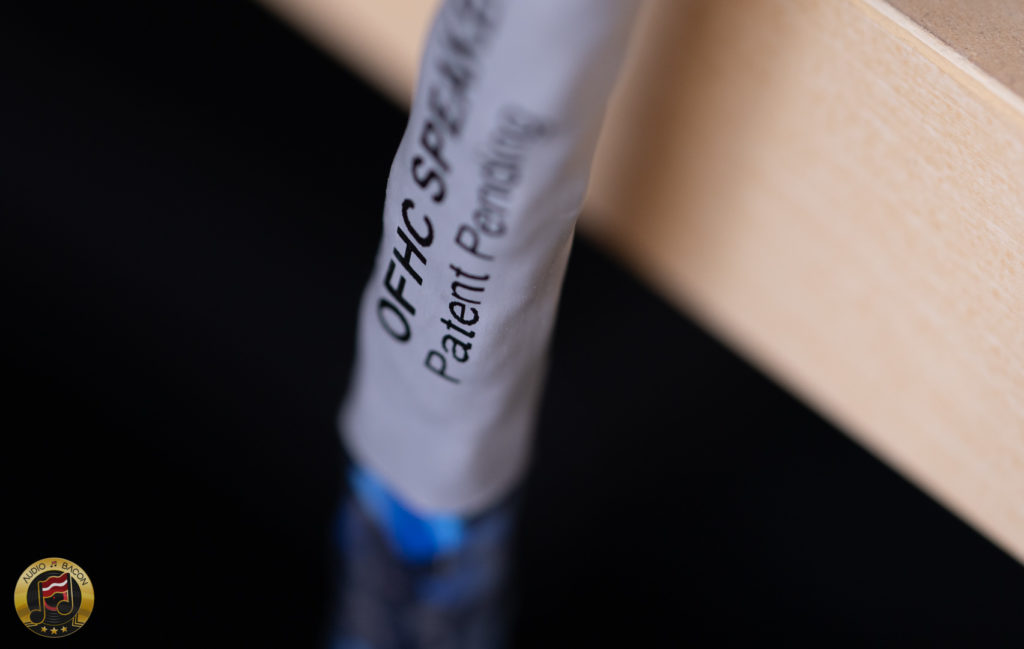


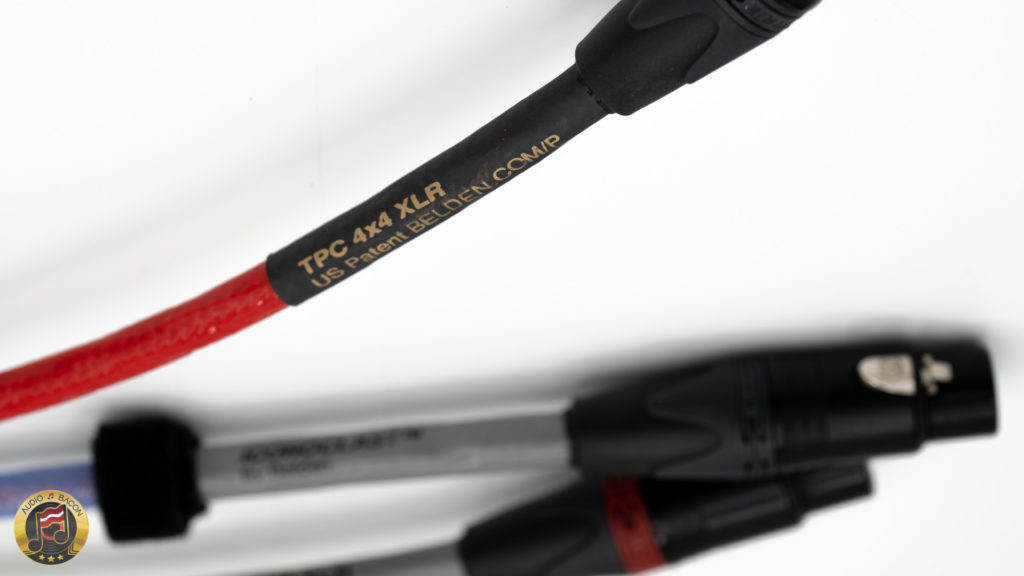

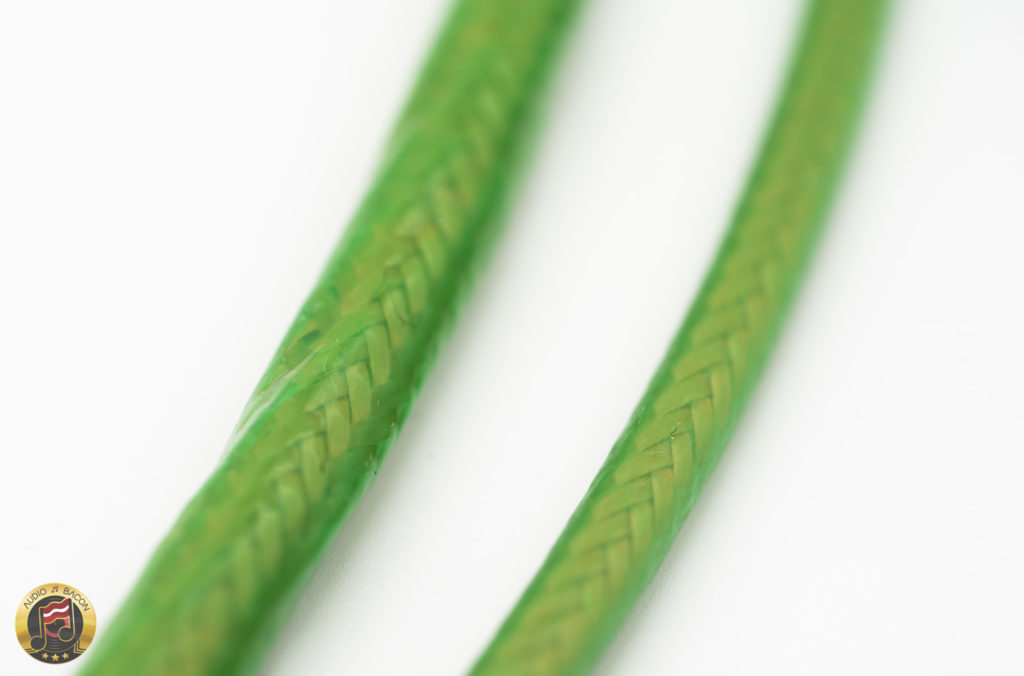


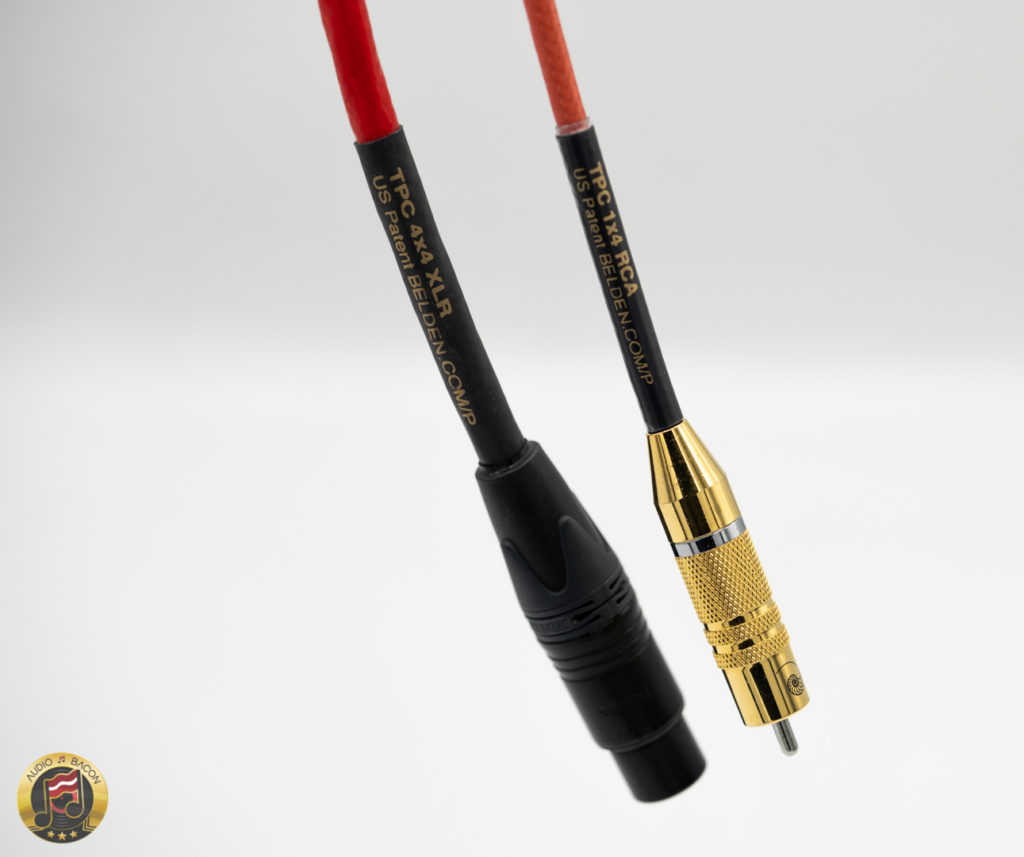




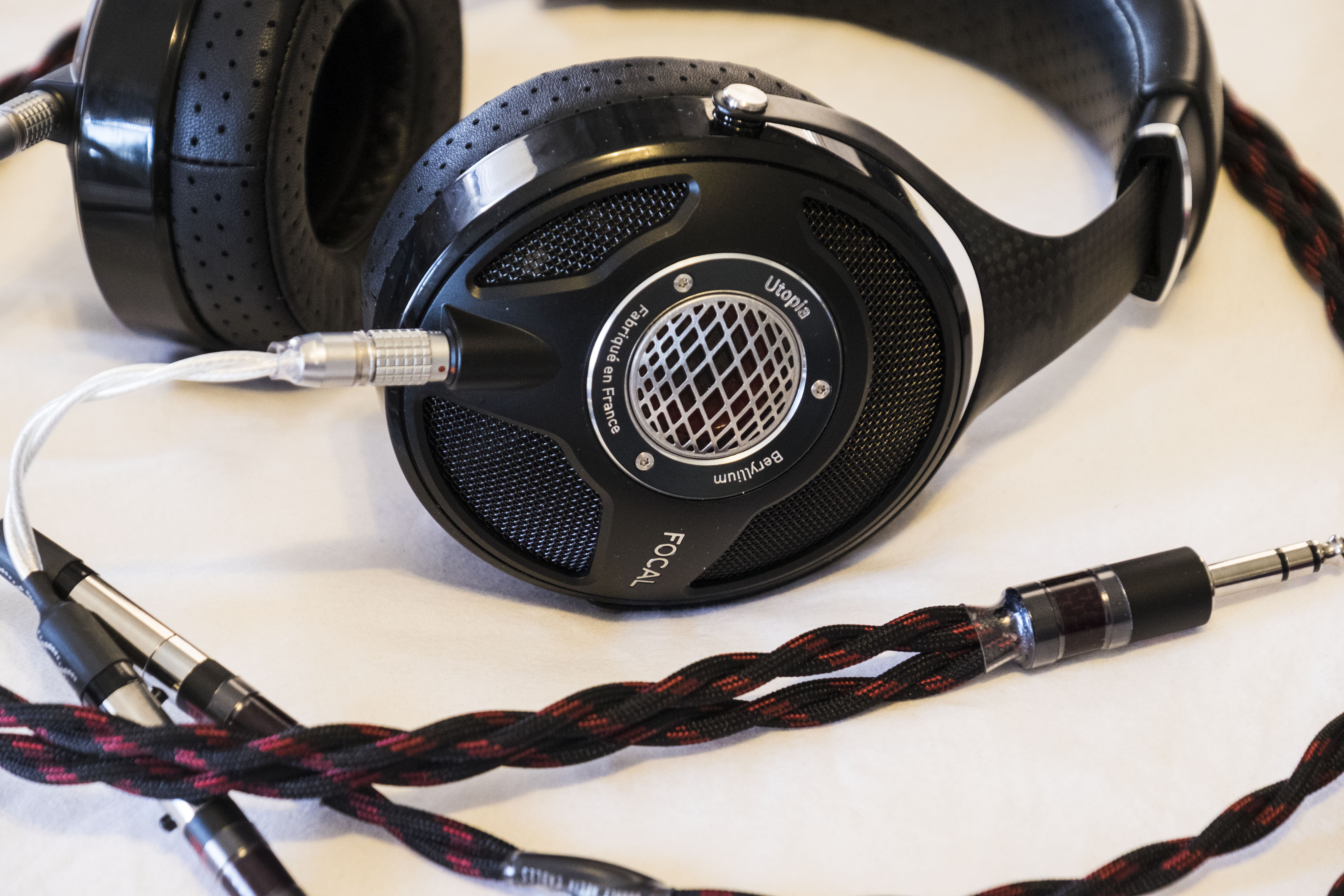

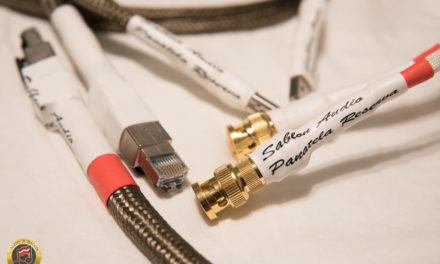
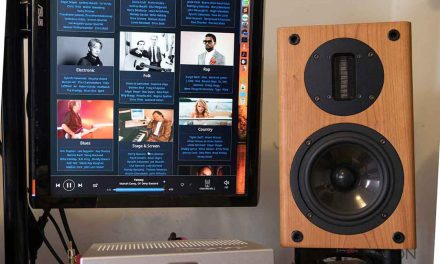

Why did you not include ETPC speaker cable??
I am receiving all 3 for evaluation this week and am curious if you deemed ETPC not competitive.
Thanks,
Good review Jay. Just curious, in addition to the DAVE, did you try balanced vs single-ended out of the Chord Hugo TT2? Have a preference?
Thanks,
Scott
Single ended seems to offer more clarity and air but balanced puts more meat and warmth on the bones.
Hi Jay,
I am especially interested in the Iconoclast 4×4 “Gen 2” XLR Cables.
You described the ETPC as “The top-end has wonderful vibrancy and sparkle”.
You described the OFE as “The treble is tame and doesn’t ring out as vividly as both the ETPC or UPOCC. I do feel the tonal accuracy to be better than the ETPC – but many will prefer the soundstage and sweeter highs of the ETPC.”.
I am a bit confused with your terminology: In my search to eliminate the small harshness I still perceive in the highs, I made many changes to my sound system over the years (replacing DAC, amplifier, speakers, cables, added Innuos music server).
Each changes brought improvements in clarifying/cleaning the highs, i.e. trying to get sweet natural non-overbearing highs.
In my vocabulary, sweet highs do not equate vibrant or sparkling highs: the last thing I want to do in to accentuate the highs.
In fact, to me, vibrant or sparkling highs better describe the digital harshness I keep hearing with DACs: this kind of excessive energy in the highs that causes listening fatigue over prolonged listening period.
So, given my vocabulary, it would seem to me that the OFE tamed treble would provide me with the sweet natural non-overbearing highs I am looking for versus the ETPC, i.e. the OFE seems like the best choice to reduce the digital harness in the highs (my DAC is a PS Audio Directstream Senior and the harness in the highs is heard mostly in Choral music).
Would you concur that in my situation, the OFE would be a better choice?